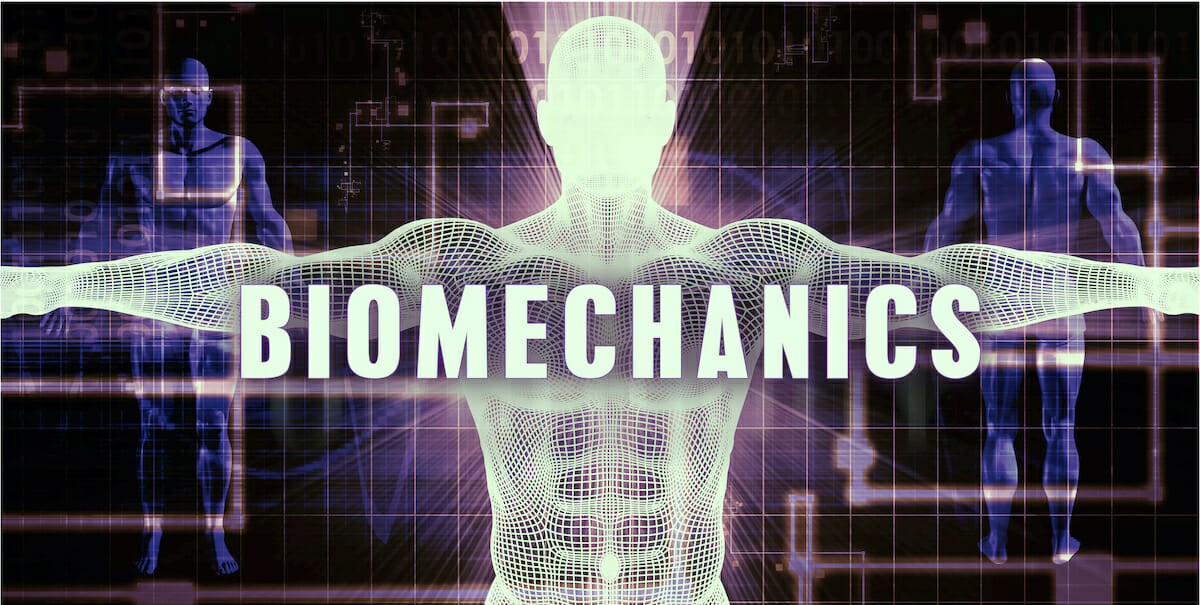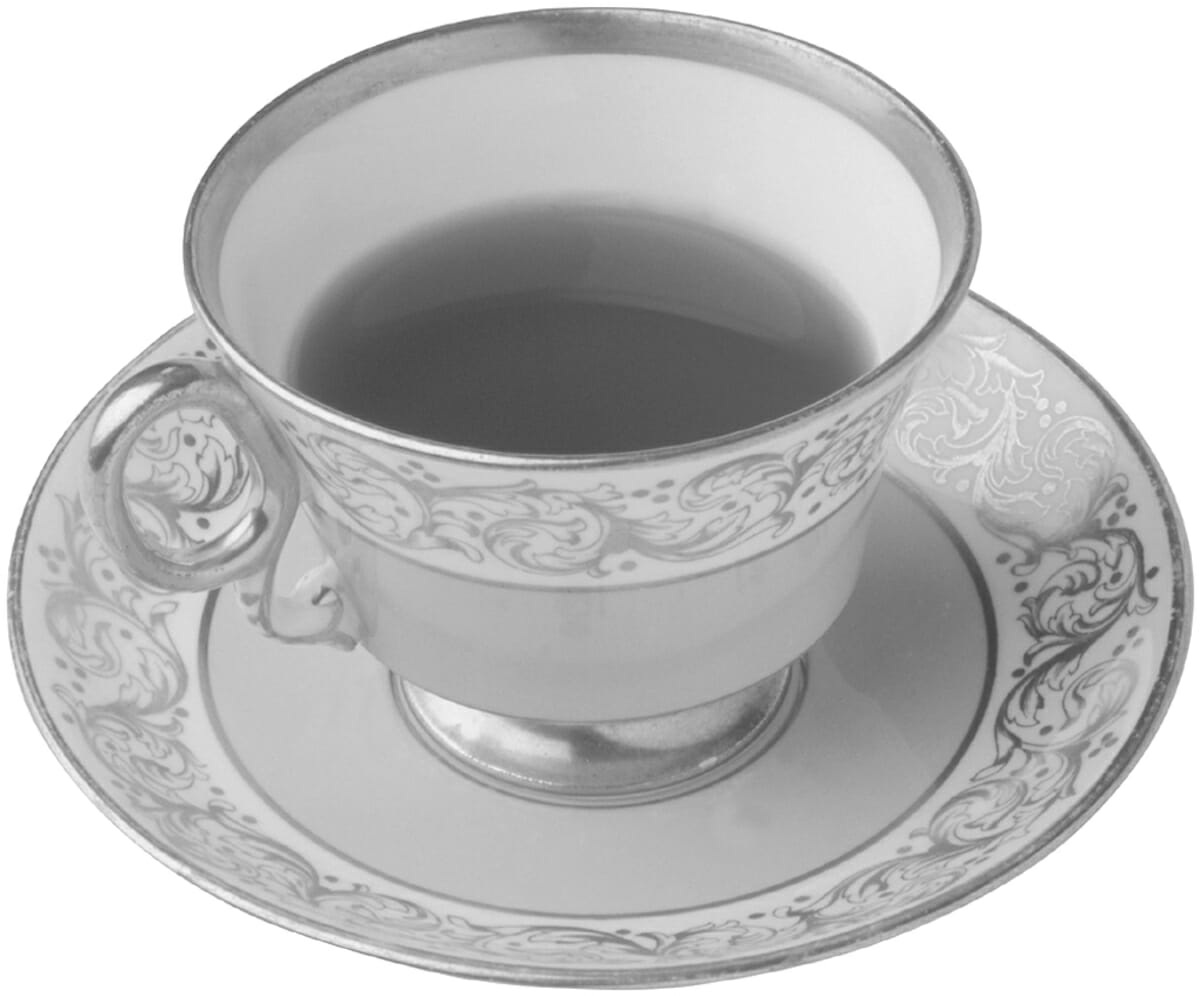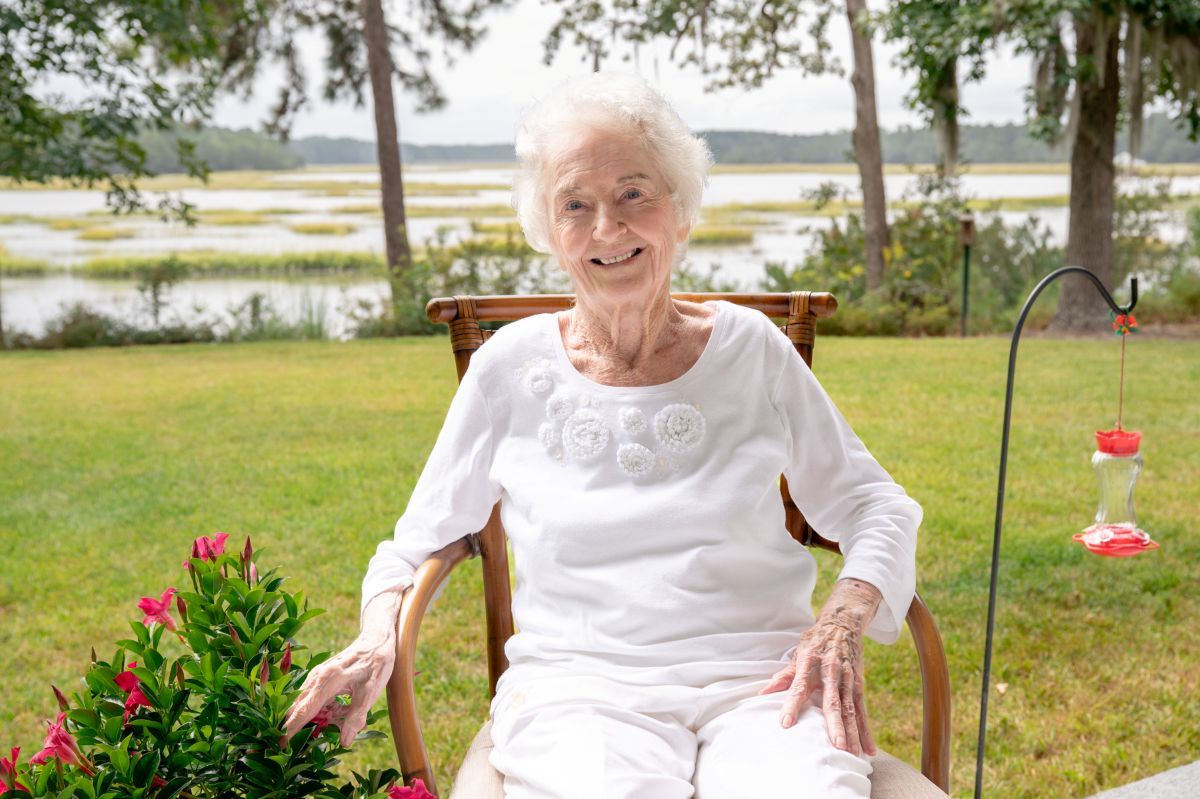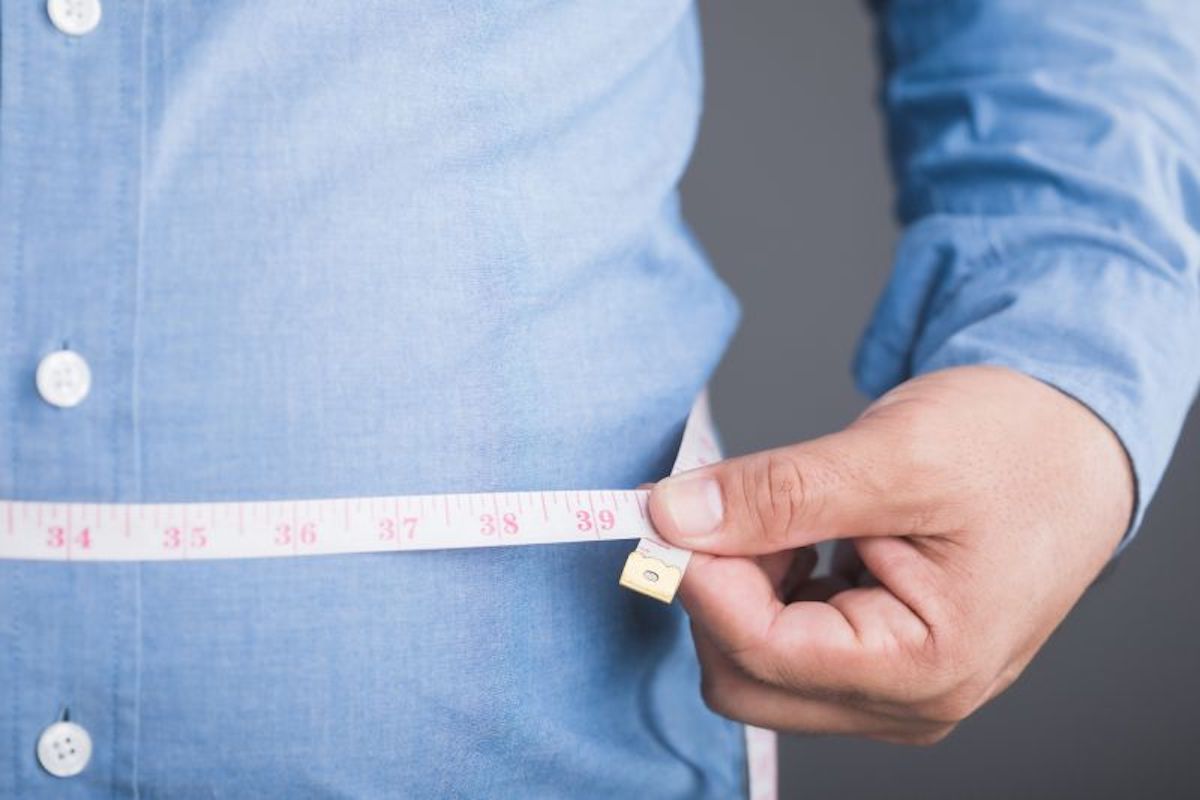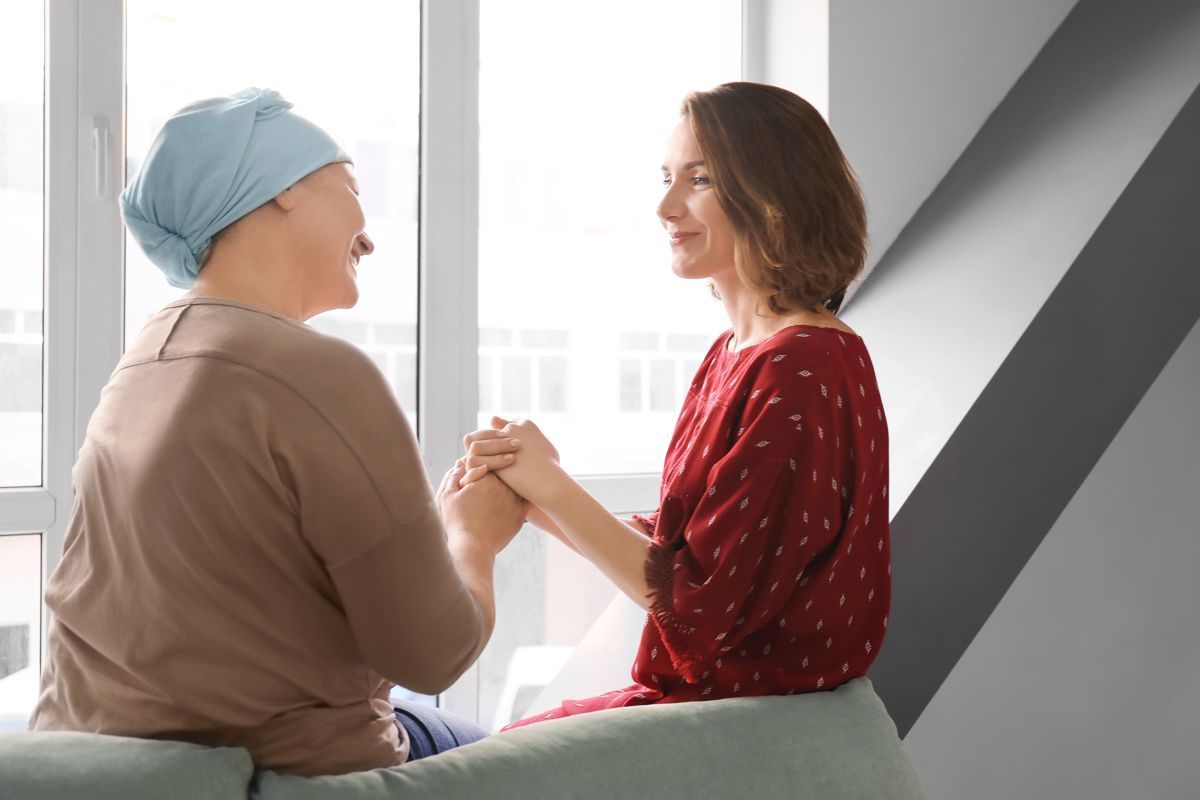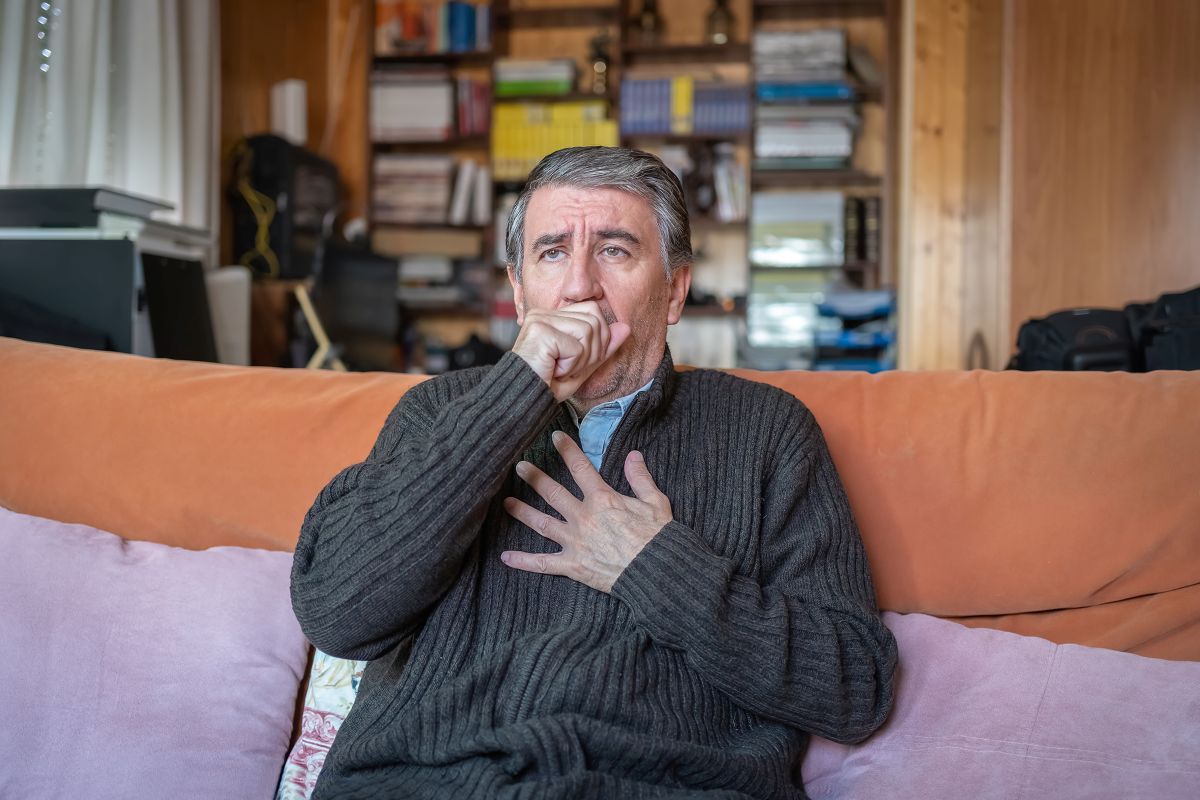Think about all the movements you do every day: walking, climbing stairs, typing, turning doorknobs and lifting. Your bones, muscles and joints all work together to make your body an amazingly movable machine. Like any machine, your body can suffer some wear and tear. It needs regular care and maintenance to keep moving with ease.
Scientists are studying the mechanical movements of our bodies to help us be as strong, flexible and mobile as possible throughout our lives. This type of research is called biomechanics. These studies are finding that the way you move—including walking, standing and bending—can affect your future mobility and overall health.
“All systems, whether in traditional mechanics or in the human body, are governed by the same basic physical laws,” say biomechanics experts. Body movements involve force, balance, gravity and motion. Biomechanics is effectively applying the physics of mechanics to problems in biology and medicine.
The main moving parts of your body include the solid bones, the joint tissues that link bones together, and the muscles that attach to your bones. Your body has about 200 bones and more than 600 muscles. These parts all work together to help you move throughout the day.
NIH-funded studies of biomechanics have already led to better ways to prevent muscle and joint injuries in kids during sports and play, and to help older people stay more mobile and independent. Some researchers are working to develop better artificial joints. Others have devised improved treatments for movement disorders such as cerebral palsy and Parkinson’s disease.
Joints are a common source of problems and pain. Some joints, such as your shoulder joint, can move in many directions. But others, like your knee joint, can only bend one way. Any movements outside a joint’s natural range might cause injury.
Long studied is a part of the knee joint known as the ACL (or anterior cruciate ligament). The ACL connects the thigh bone to the shin bone. When it stretches or tears, some people hear or feel a “pop.” Athletes who need to make sudden stops or quickly change direction— as in basketball, tennis and soccer—are at risk for damaging the ACL.
“Using the tools of biomechanics, we can tell what’s normal and what’s abnormal in movement, and we can measure the forces on the body,” Orthopedists say. “We use biomechanics as a screening tool to figure out which athletes are at greater risk for injury and why.”
Motion-tracking tools are also being used to learn how older people might avoid injury from falls. Physical therapists and researchers explain, “We’re studying how older adults can learn to modify their movements to adapt to an unexpected environment, such as a slippery floor.”
Falls are serious at any age, but especially for older adults, who are more likely to break a bone. Each year, more than 1.6 million older Americans go to emergency rooms for fall-related injuries. Falling causes a lot of suffering and is a huge problem for society.
Exercises that improve your balance and strengthen your muscles can help to prevent falls. People can be trained to avoid falls if they practice walking over unstable—but safe—surfaces in the laboratory. People age 65 and older can adapt and remember remarkably well how to keep their body posture upright when disturbances occur in the environment if they’ve encountered similar situations 2 or 3 times before.
Biomechanics can also be used to guide treatments for movement problems. Computer models to look at how hip joints are stressed when someone walks or travels up and down stairs. Biomechanics can analyze both normal hips and those with a condition called hip dysplasia. Hip dysplasia produces an instability that can lead to early onset of arthritis over time. Eventually, these computer models might help doctors choose appropriate treatments and figure out which patients could benefit from surgery.
People with cerebral palsy, Parkinson’s disease and multiple sclerosis could also benefit from biomechanical analysis. By using motion tracking to look at how well these patients are walking and what might be wrong, so therapists and doctors can try to do something about it,” says Dr. Diane Damiano, a physical therapist who heads biomechanics research at the NIH Clinical Center in Bethesda, Maryland. “We focus on helping patients to strengthen their muscles and work to improve their balance and coordination. We’re also looking at brain activation while they’re moving. That can give us clues to how these movements are controlled by the brain.”
Muscle strengthening and proper joint alignment are important for just about anyone who wants to stay flexible and mobile. The bottom line is that everybody needs to be active. Biomechanics helps make it so that all people can move better, regardless of their age or health condition.
Sources: NIH.gov.https://pubmed. ncbi.nlm.nih.gov/23756435/; https://cc.nih.gov/rmd/fab/index.html
Exclusive content from CARE magazine


